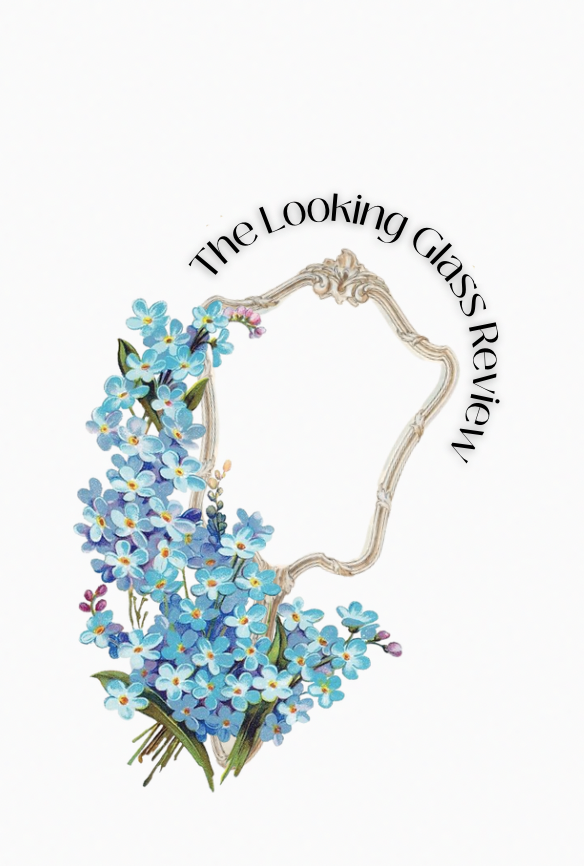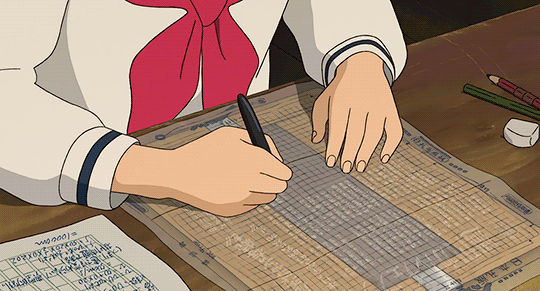The Looking Glass Review
A Multimedia Publication by Young Creators, for Young Creators.
Submit to Issue III!
Submit to Issue III!
We're a multimedia publication, by young creators, for young creators, where ideas come to stretch their legs ⋆ ˚ ࿔
The Looking Glass Reviews encourages you to submit to our loosely-theme based issues. We accept submissions of written and visual art for publication! Whether we accept your work into the magazine or not, we will provides free editing/feedback on each piece you submit if requested. Have specific/more questions? Check out our FAQs!
Things to keep in mind!
Visit us on Ko-fi, where we accept small donations!
We offer all our resources and content completely free of charge, so donations are greatly appreciated! We put monetary support towards future giveaways, improving our magazine, and hopefully, we can begin staff appreciation gifts!
Our blog is completely free to access, read, and support! Find the link to our Substack on the ‘Blog’ page of our website :)
We’re staffing up! The application for the executive staff position of CTO (Chief Technology Officer) is open! Learn more on our ‘Team’ website page, under ‘About’. We will open staff applications for section-based editors soon.
Follow us on our social media pages for updates, exclusive content, and networking opportunities!
Submissions to Issue III, “Dear Life,” are now open!
“We don't read and write poetry because it’s cute. We read and write poetry because we are members of the human race. And the human race is filled with passion.”
― N.H. Kleinbaum, Dead Poets Society





